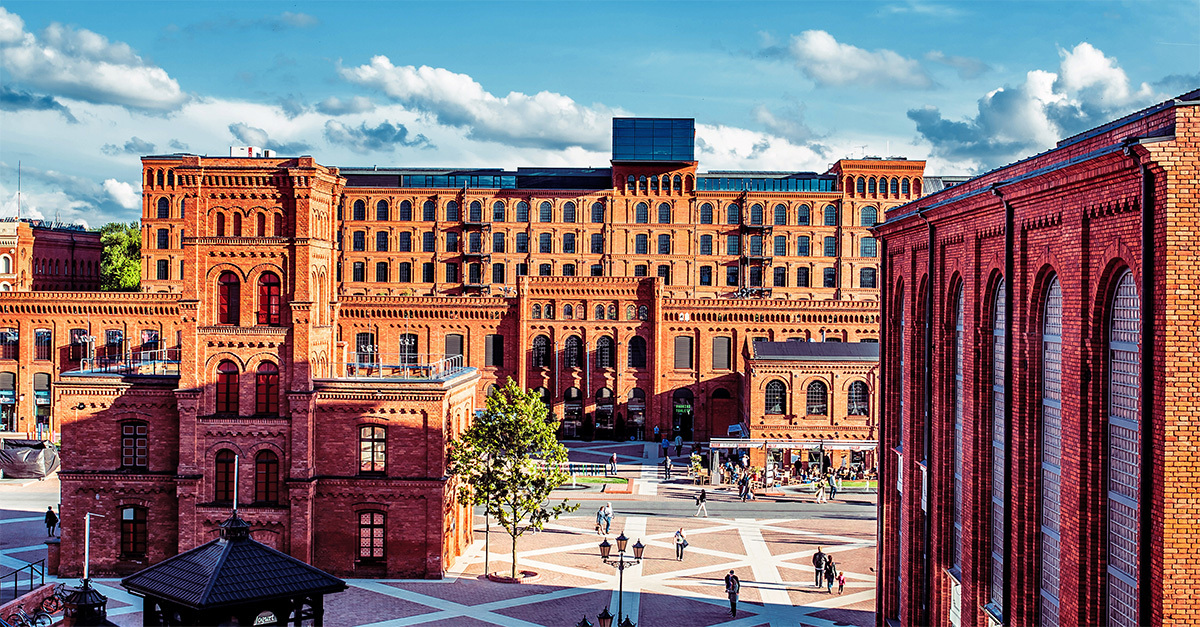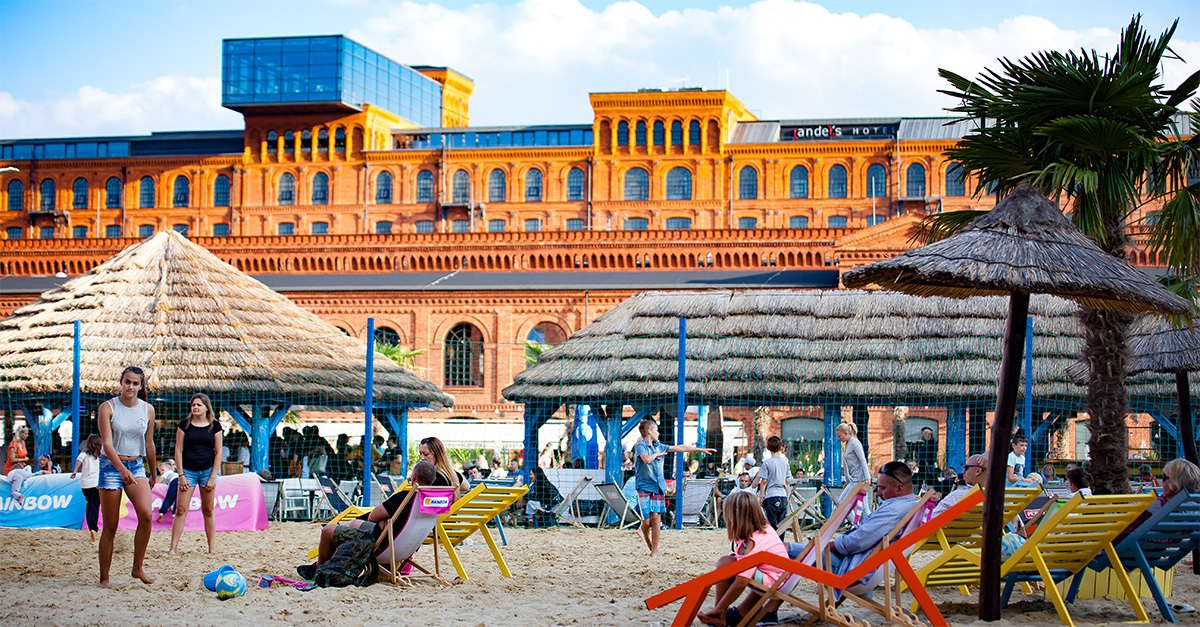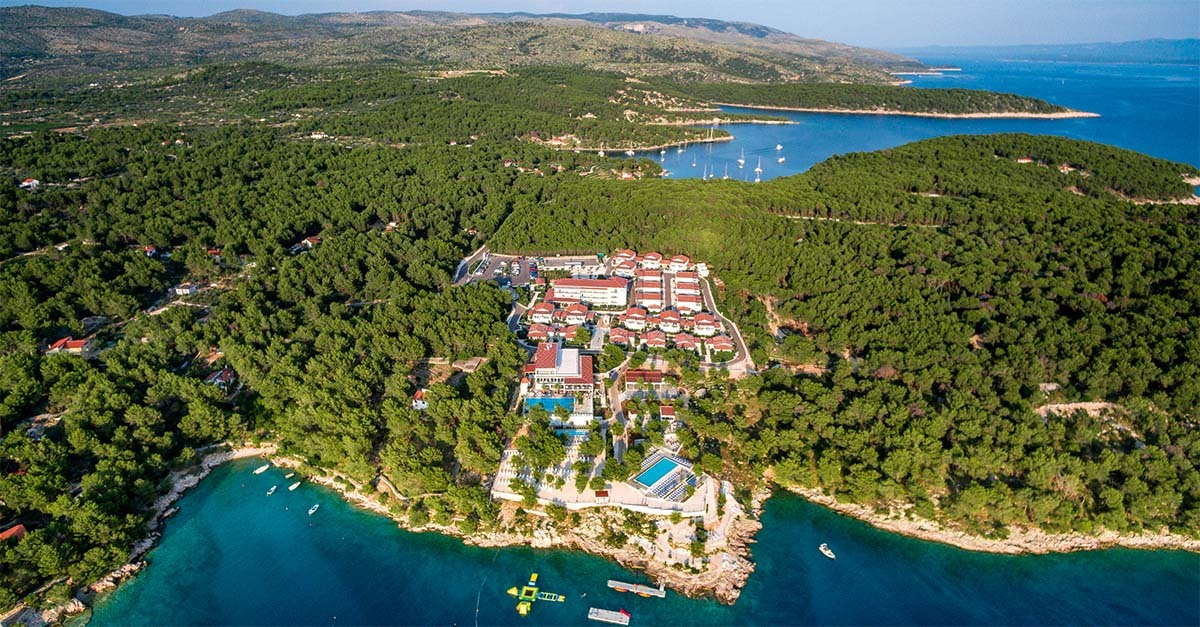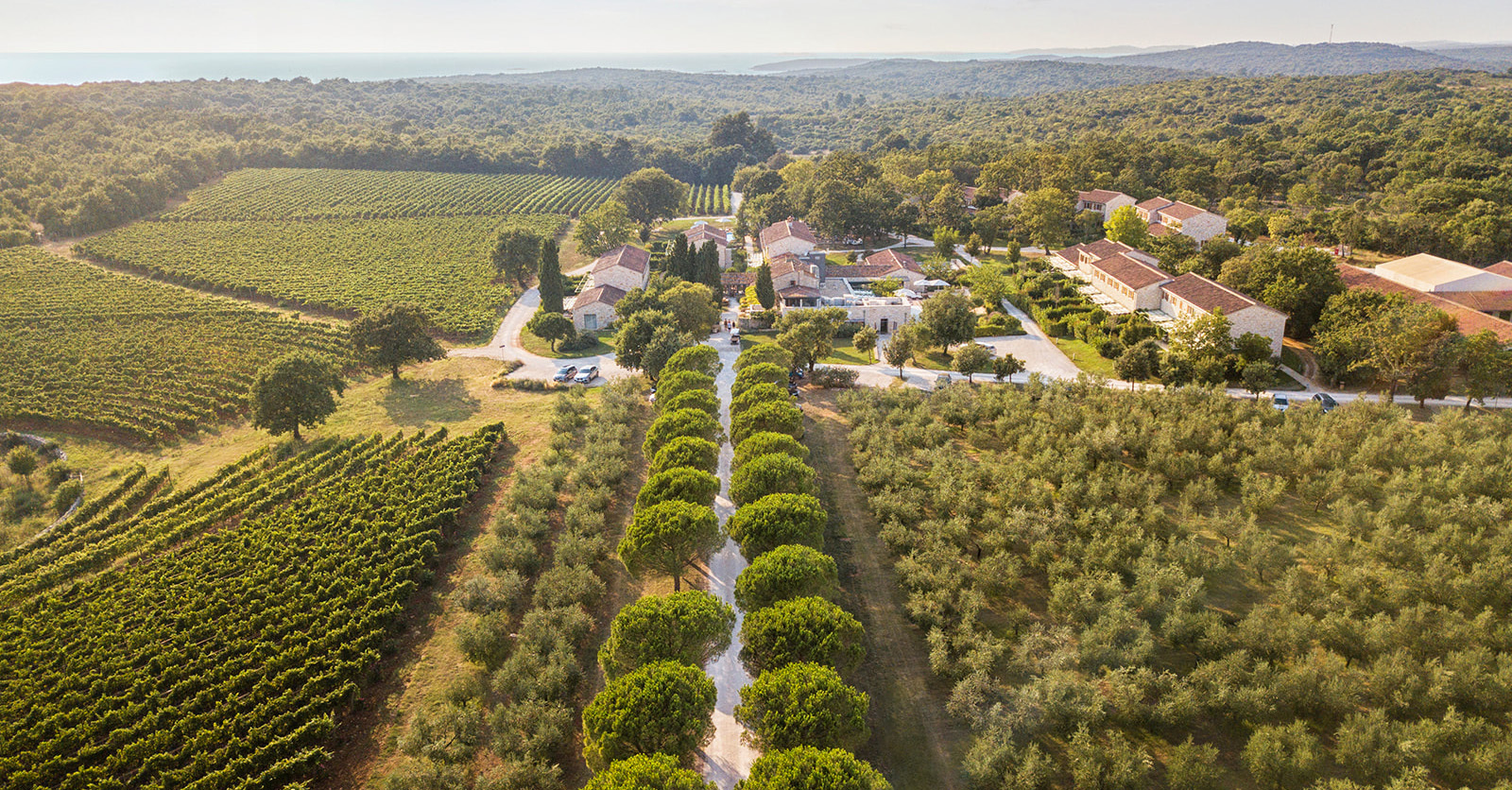You are viewing 1 of your 2 free articles
How to spend 48 hours in Lodz, Poland
Discover post-industrial heritage and movie magic in Poland’s answer to Manchester
Click here to download and save as a PDF
Lodz – pronounced ‘Wuj’ – is handily located halfway between Krakow and Warsaw and often referred to as Poland’s Manchester. It’s a city packed with heritage buildings, many of which have been transformed into museums, galleries and cafes, and brings together a creative arts scene, spectacular architecture and some of Poland’s best restaurants.
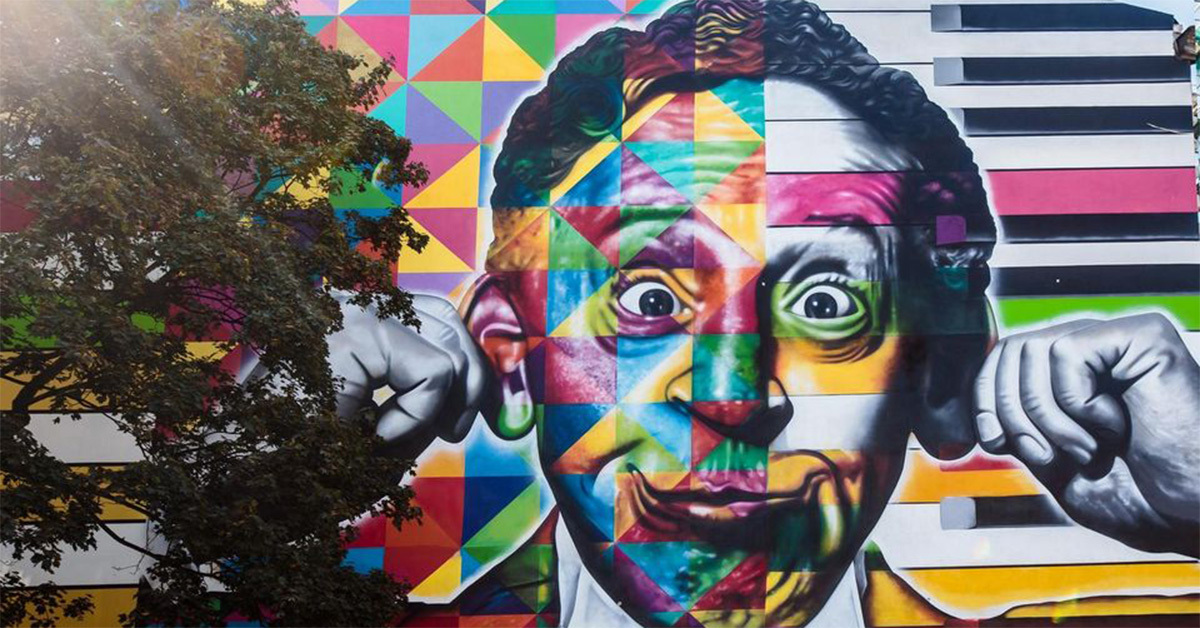
The Rubinstein mural, Lodz. Image credit: Visit Lodz
Plus, it has what might just be the world’s most beautiful Starbucks, tucked inside the former fire station at Manufaktura, a former industrial complex that is now a fine-dining hotspot.
For clients in search of a second-time Polish city break, this small but surprising spot is one to watch.
Day one
Manufaktura, Lodz. Image credit: Slawek Luczak Fotografia/Visit Lodz
09.00: Manufaktura is a fantastic place for clients to kick off their exploration. This complex of rust‑hued buildings (pictured) – a textile plant owned by ‘king of cotton’ Izrael Poznanski until the early 1900s – is now filled with bars, restaurants, museums and boutique shops.
At Manufaktura’s Factory Museum, visitors can learn how the cotton industry transformed Lodz, making it the fastest‑growing city in Europe in the early 1800s. Then they’ll watch a museum guide fire up one of the original looms and quickly understand why mill workers stuffed bread in their ears to protect their hearing.
12.00: For lunch, suggest nearby Spoldzielnia – one of the swankiest spots in Off Piotrkowska, another former cotton mill now filled with music venues, galleries, design studios and restaurants.
Inside, splashes of neon pop against the artfully exposed brick walls; and popular dishes include zalewajka, a Polish soup made with mushrooms and marjoram.
14.00: Urge clients to take a stroll along Piotrkowska Street which, at 2.5 miles, is one of Europe’s longest shopping streets.
It’s lined with elegant wrought‑iron lamps and baroque townhouses once owned by the city’s wealthiest mill owners. Those who delve behind these leafy laneways will find a wonderful selection of street art.
A must‑see is the Rose Passage, where artist Joanna Rajkowska has covered the houses of an entire alleyway with mirrored shards of glass. Then stop for poppy cake at nearby R Dybalski Patisserie to sample the strudel‑like cake filled with poppy seeds, honey, dried fruits and nuts.
15.00: Time for a leisurely wander around Ksiezy Mlyn, built in the 1800s by industrialist Karol Scheibler, a champion of workers’ rights. Cobbled streets connect a castle‑like former mill with workers’ accommodation, social clubs and hospitals.
Current tenants include a hip barbershop and Stacja Zero cafe, where locals sip lattes on artfully mismatched furniture draped with blankets in traditional designs.
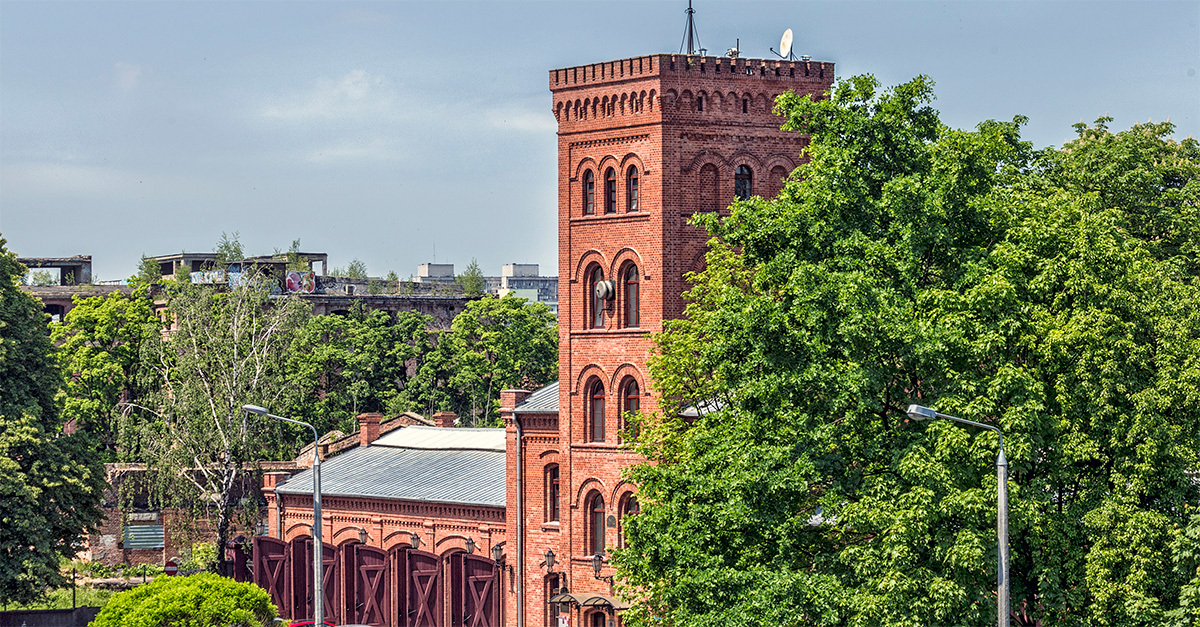
Ksiezy Mlyn, Lodz. Image credit: Visit Lodz
16.00: Ksiezy Mlyn’s pièce de résistance is Karol Scheibler’s former home, now the city’s Film Museum, tracking Lodz’s history as the capital of Poland’s movie industry throughout the 20th century.
This Unesco-listed City of Film churned out masterpieces such as The Promised Land – the story of a trio of Polish, German and Jewish entrepreneurs working in Lodz – which was hailed by Martin Scorsese and earned an Academy Award nomination. One of the museum’s main attractions is the fotoplastikon, a stereoscopic cinema built in 1900. Movie buffs would settle into the seats surrounding this large wooden drum, peering through binocular-like lenses to watch rotating 3D photos.
18.00: For dinner, clients can head to Przy Kominie Restaurant in the heart of Monopol Wodczany, once one of Poland’s largest vodka distilleries. The interior is an explosion of industrial chic – think exposed steel girders and windows looking out at preserved smoke stacks. Polish delicacies include zander (perch) fillet with sea buckthorn butter sauce.
20.00: Stick with the spirits theme at Pijana Wisnia bar on Piotrkowska Street. Backlit cherry liqueur bottles line the walls, casting a rosy hue over the interior, where drinkers gather at tables made from oak casks and work their way through tasting flights of the Polish spirit, which can be served hot in winter.
Piotrkowska Street. Image credit: Stefan Brajter/Visit Lodz
Day two
09:00: The Central Museum of Textiles has one of the world’s largest collections of woven garments, including outfits worn in the early 1800s. It’s a great place to learn how the textile industry shaped this city, with the chance to peer inside workers’ cottages and see a functioning steam engine. The museum is housed inside Ludwik Geyer’s White Factory, a fine example of Polish industrial architecture.
10.00: The homes built by Lodz’s wealthy factory owners were some of the grandest in the country and one of the most impressive is the Herbst Palace. Built in 1876, it’s surrounded by gardens inspired by English country estates and is now a museum. The most spectacular areas include the lavish ballroom, filled with fine tapestries, and Salon Lustrzany, a mirror-lined room with gold leaf-covered tables, marble statues and ornate plasterwork.
12.00: Imber, a tiny restaurant specialising in Polish cuisine, is a beautiful lunch spot, set at the end of an alleyway off Piotrkowska Street.
Must-try dishes include herring served on fancy plates that would look at home in the Herbst Palace.
14.00: For a more modern take on the city’s development, check out the EC1 City of Culture, a campus that houses a planetarium, the Centre for Comics and Interactive Narrative, the Science and Technology Centre and the National Centre for Film Culture.
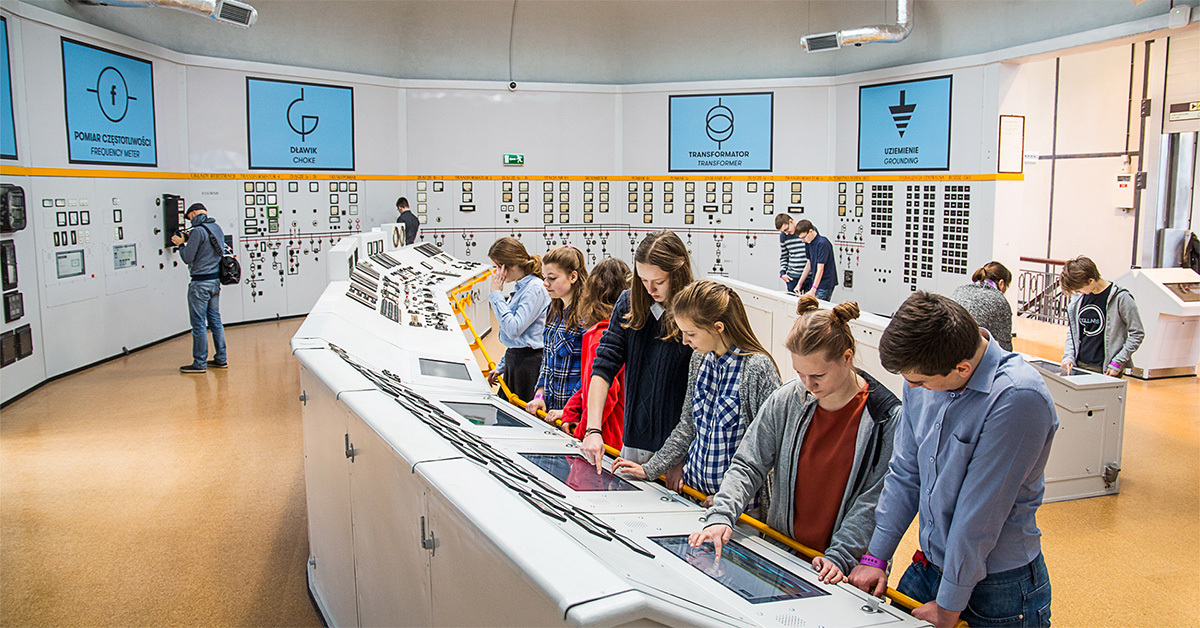
An interactive exhibit inside the Science and Technology Centre. Image credit: Visit Lodz
Top of visitors’ hit lists should be the planetarium, which has a 14-metre spherical screen with ultra-high resolution and state-of-the-art sound.
But for stunning selfies, try the Science and Technology Centre inside what was once Lodz’s first thermal power plant, where the former cooling tower is now a viewing platform with breathtaking city views.
16.00: Lodz has numerous parks, many established by wealthy mill owners keen to create green spaces for workers to gather and relax. One of the most beautiful is Zrodliska Park – a wonderful spot for a pre-dinner stroll. It’s the city’s oldest, established in 1840 and located near Ksiezy Mlyn; green-fingered guests should make a beeline for the Palm House, filled with rare plant species.

Lodz City Culture Park. Image credit: Piotr Milek/Visit Lodz
18.00: Travellers craving a proper pierogi (small, filled dumplings) will love Pierogarnia, tucked inside a five-storey tenement house on Piotrkowska Street.
Built in the 1900s by landowner Dawid Szmulewicz, it’s packed with original features, including an ornate cupola and beautiful bay windows. Try the jagniece pierogi, made with marinated lamb and dried cranberries, washed down with kwas chlebowy, a local porter.
20.00: The Jabeerwocky Craft Beer Pub is a great spot for a final toast to Lodz. It’s famous for its range of local craft beers including the Wheat Hit, a delicious wheat beer packed with fruity and spicy notes.
The most sought-after spots are the vinyl couchettes covered with beer-themed slogans, where you’ll find locals and visitors sampling brews and snacking on sweet potato fries late into the evening.
Book it
British Airways offers flights from Heathrow to Warsaw from £43.
ba.com
Doubletree by Hilton Lodz has double rooms from £83 a night on a B&B basis.
hilton.com
ToursByLocals offers commissionable sightseeing, including a half-day walking tour from £194 for up to four people.
toursbylocals.com
Ask the expert

Aleksandra Choros, general manager, Stare Kino Hotel
“The Film Museum in Lodz is my favourite place in the city. Lodz used to be called ‘Hollylodz’ and the roots of our city are strongly connected with cinematography – in 1899 the first permanent cinema in Poland was opened here.
The Palace of Animated Wonders is my favourite exhibition – it’s a tribute to Polish animations produced in Lodz, including Tango and Peter & the Wolf, which won Oscars in 1983 and 2008.”
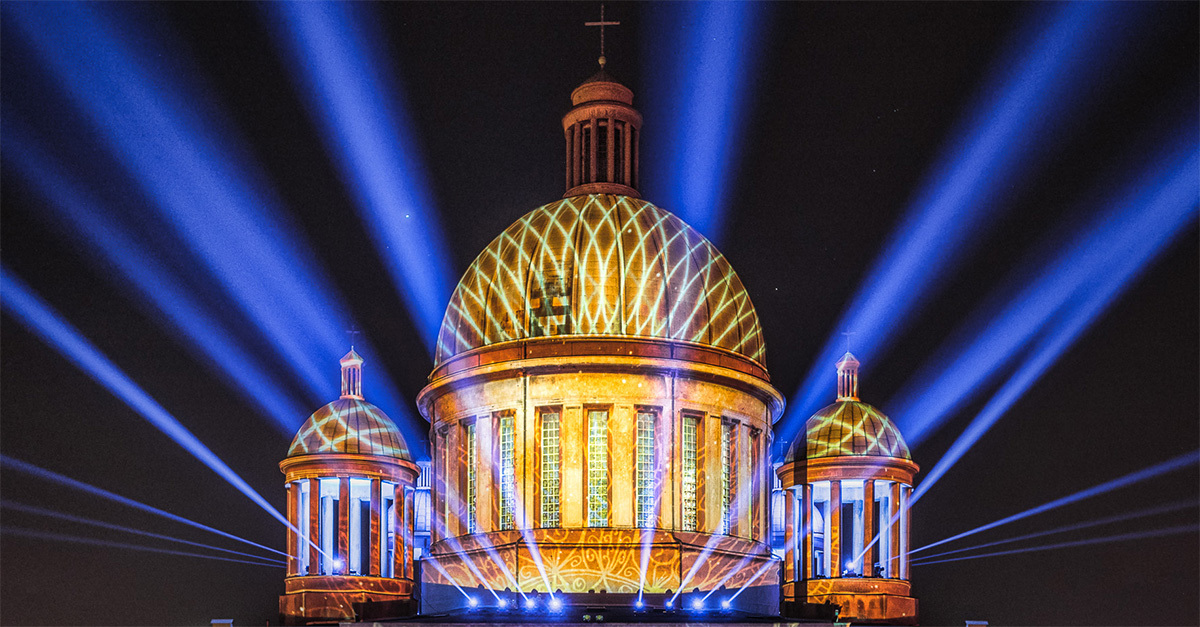
Lodz’s light festival. Image credit: Visit Lodz
Lead image credit: platinstudio.com/Visit Lodz

